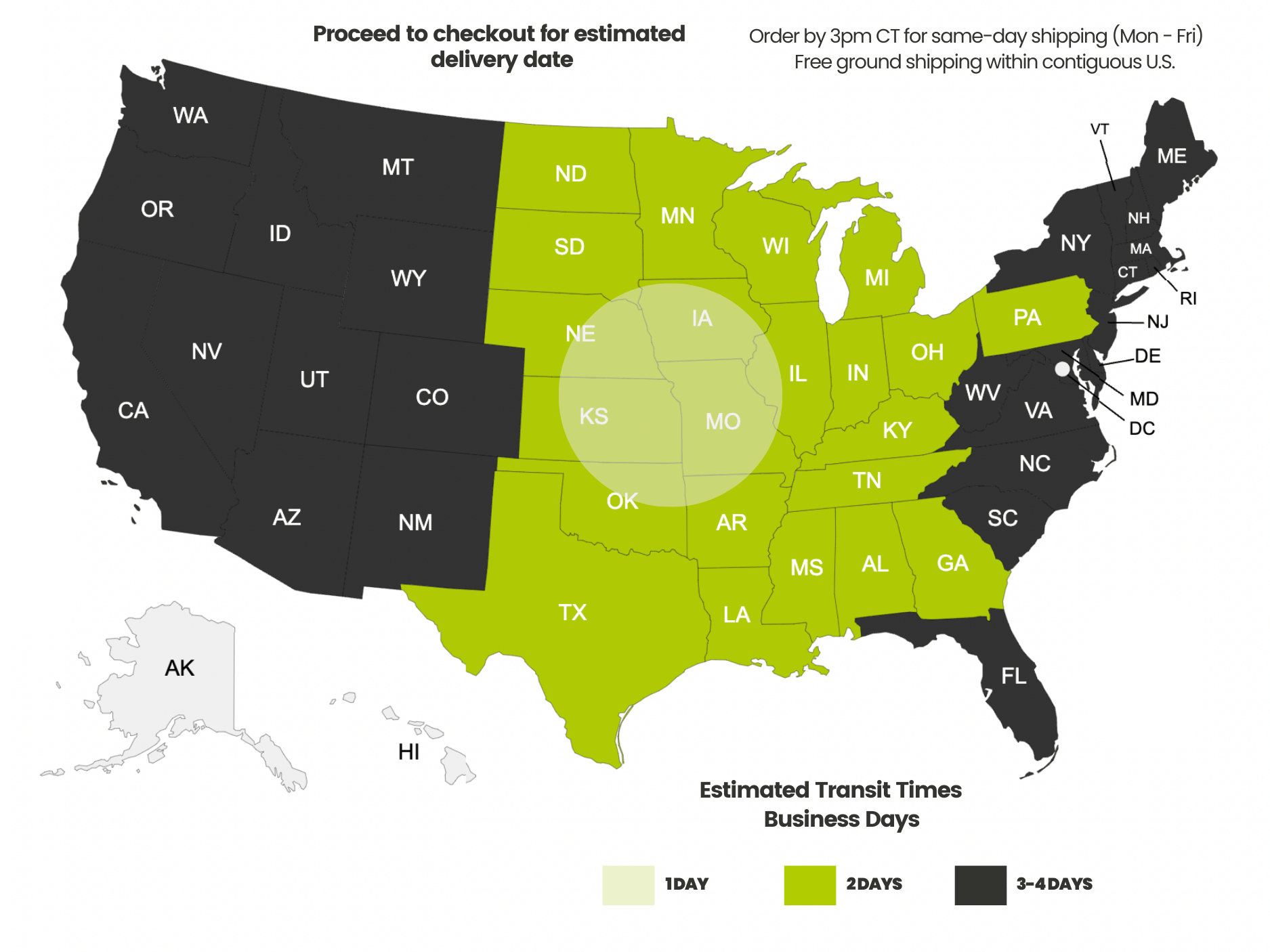Payment methods accepted

Top 5 Things to Consider When Running Ethernet Cable
Written by Don Schultz, trueCABLE Senior Technical Advisor, Fluke Networks Copper/Fiber CCTT, BICSI INST1, INSTC, INSTF Certified
So, you want to wire up a network with Ethernet cable. You figure you need Ethernet cable, connectors of some type, a couple of tools and a trip to a local store or online shop. All ready to go, right? Well not quite. Unless you have previous experience and the necessary tools. This blog article addresses the biggest items that should be on your mind when planning out your cabling project. Here are the top five considerations:
1. Know your installation environment.
- How much cable will you need? This is where a floor plan, and maybe even a site plan comes in very handy. Oh, get a measuring wheel too. You will likely need it. Don’t forget to account for bend radius and other turns in your measurements. If your cable is going to slope up or down in a run be sure to take that into account as well. Do not attempt to come up with a to-the-inch accurate measurement. Add a minimum of five percent to your calculated number.
- The most expensive cable in the world, on a per foot basis, is the one that is 1” too short.
- Do you know where the electrical wiring is? As always, consult a qualified electrician if you are unsure where the electrical is running before any cuts are made into walls. If you know where the electric is, and the Ethernet cable will come into close proximity, then take a look at this blog for detailed information about how to deal with this situation.
- Is your environment subject to high EMI/RFI (Electromagnetic/Radio Frequency Interference)? You may need to mitigate that with a shielded cable that is properly grounded. Electrical motors, ultra high-voltage electrical panels, wiring, and more can affect the speeds you want to achieve. Typically unshielded (also called UTP or Unshielded Twisted Pair) is more than adequate. Shielded cable will cause a great deal of problems if improperly installed, but there are cases where it is advisable to use shielded cable. More can be found in this article, Shielded vs Unshielded Cable.
2. Know your Ethernet cable types and be prepared to research.
- Selecting the correct category of Ethernet cable is very important. It will impact pricing and what you can achieve with the cable. The cable is part of a system, and you want to avoid the cable being the item that becomes the bottleneck. Generally, most homes and small to medium sized businesses are fine with Cat6 Ethernet cable as it is very versatile. Our blog, The Need for Speed, provides in-depth considerations around that. Don’t buy copper clad aluminum (CCA) cable, as it is not certifiable as Ethernet cable at all, and could even be illegal to install in commercial structures.
- Selecting the correct outer jacket type is just as important as selecting the correct category of Ethernet cable. If cabling will run outdoors, even for a few feet, then outdoor rated (CMX) must be used. CMX cable will help your cable investment to last past a couple of seasons. Likewise, if the cable is running into the HVAC space (known as the plenum area), plenum rated cable (CMP) must be used. The plenum space is where air movement occurs for heating and cooling systems. It does not matter if a duct is present or not, it is still the plenum. The reasons behind these hard and fast rules is not only to protect your investment but to protect you and other people from harm. A great deal of additional information on cable jacket types is found in our blog, Facts About Ethernet Cable Jacket Ratings. If you would like to dive into outdoor scenarios, then read Into the Great Outdoors: Running Ethernet Cable Outside.
3. Have the correct tools on hand, and learn how to use them before the project begins.
- The tools you must have in your tool kit are:
- Crimp tool, that crimps, cuts, and terminates RJ45 plugs, assuming you are using them. The easiest kinds to use are pass-through RJ45 plugs. Your success rate from day one will be much higher, and your stress level will be much lower.
- Scissors, the sharper and more precise the better. Electrician’s scissors are probably the best all-around item. Don’t try to save money here. You get what you pay for with scissors!
- Punch down tool, preferably the impact kind. This is applicable if you intend to use a patch panel that requires punch downs or keystone jacks that are not tool-less.
- The tools that are nice to have in your tool kit, but not absolutely required, are:
- Cable jacket stripper to remove cable jackets quickly and accurately. The adjustable kind is the best. The type that uses rubber bands and springs with pre-set blades claims to auto-adjust. But believe me when I say you will find out they don’t live up to the claims, especially if you are dealing with multiple kinds of Ethernet cable. The adjustable kind of cable jacket stripper also typically includes a great cable cutter.
- Flush cutters. I almost put this into the required section. Get them anyway, as you will find out that they are important for detailed cable preparation. If you forgo this tool, which you technically could, you will find out in short order why flush cutters are actually nice to have.
- Want to economize and have it all? Skip the electrician’s scissors and get the fancy, adjustable cable jacket stripper plus the flush cutters. Now you can really rock out the runs!
- Lineman’s pliers, also known as electrician’s pliers. They are not adjustable at all but come in different sizes. Get the smaller size. These pliers have an oval cutout near the nose that will allow you to “ovalize” the end of an Ethernet cable that is prepped and being put into an RJ45 plug. Ovalizing makes insertion far easier, especially with cables that use splines and/or shielding with thick conductors.
- Other tools that may be required are fish tape, fish rods, and other tools when running riser rated cables inside walls that are not under construction. This is a difficult task even with the best tools. You may need help!
4. You will need to purchase compatible accessories like RJ45 plugs, keystone jacks, and the much needed other accessories that are considered “consumables”.
- You will need RJ45 plugs of the right kind for your cable. If running shielded cable, they will need to be shielded plugs. There is some information that will help you make a correct selection in this article, Selecting the Correct Connector.
- Buy the tool-less RJ45 keystone jacks if your intention is to put keystone jack plug-ins in a wall. You can buy the punch down kind, but that’s an extra tool if you don’t have it. Oh, and get a shielded keystone jack if that cable run is shielded. Economize by buying keystone jacks that indicate “Cat6A compatible”. It will work with all previous category cables and will help you future-proof your install.
- Zip ties, velcro straps, and other hardware required to mount or run the cable will be needed. If you use zip ties, don’t cinch them down so hard that the cable is compressed or even crushed. Use UV rated outdoor zip ties and other outdoor hardware if, well, you are mounting the cable outside. Velcro straps, while more expensive, spread the pressure more evenly and are difficult to over-tighten. Velcro is recommended on indoor cable bundles.
5. Planning for the future.
What does the future hold? You may know, but likely you don’t, and no one can predict the future with certainty (but hey...I would love those winning numbers if you know someone like this…). For us mere mortals, here are some good ideas:
- When making network hardware purchases like switches and routers, get the model with more ports than you need. It might cost a few extra dollars now, but it will be less expensive than having to add or even replace the device in the future.
- When running Ethernet cables through conduit run them with a pull string and leave that pull string. You have no idea if the run might need replacement, and that string might be the only tool to help you do it.
- If feasible, run extra cables to spots (called drops in Ethernet lingo terms) to areas where you might install additional equipment.
In the final analysis, are you ready for this kind of adventure? This type of work is potentially physical, involves getting on ladders, and requires skills that you will pick up along the way if you practice enough. If this is a sizeable project, and you feel as though this goes beyond what you are capable of or willing to do, then there is nothing wrong with hiring an experienced installer.
trueCABLE presents the information on our website, including the “Cable Academy” blog and live chat support, as a service to our customers and other visitors to our website subject to our website terms and conditions. While the information on this website is about data networking and electrical issues, it is not professional advice and any reliance on such material is at your own risk.



























